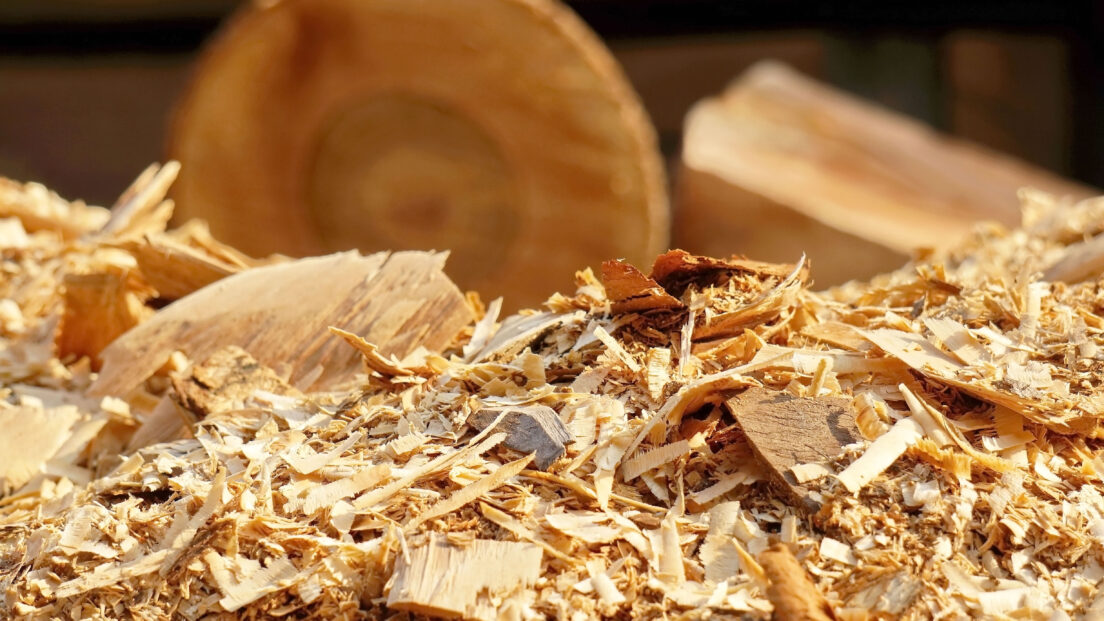Local wood as the key to CO2 reduction

The forestry and timber industry plays a crucial role in reducing CO2 in the atmosphere. Two projects from Central Switzerland demonstrate how the use of local wood can contribute to this.
Switzerland, with a forested land area of around 30 per cent, has a valuable natural resource pool, the forest. In addition to its ecological importance for flora and fauna, the forest is also an important carbon store. During its growth, a tree absorbs CO2 and binds the carbon in the wood. By using wood in buildings or other components, the carbon can be sequestered over long periods of time, which helps to reduce greenhouse gases and minimise global warming.
Martin Ziegler, Head of the Office for Forests and Game in the Canton of Zug, emphasises the need for demand for regional wood in order to fulfil the various tasks of the forest. Maintaining the forest is time-consuming and costly, so it is crucial that the wood produced finds local buyers.
A website initiated by the cantonal forestry offices of Central Switzerland, Lignum Zentralschweiz and WaldSchweiz, aims to illustrate the links between forest management and the utilisation of wood. The website waldnutzen.ch presents six projects from the region and shows how the local wood cycle works.
One example of the sustainable use of local wood is the “House of Wood” in Sursee, for which the builder Pirmin Jung deliberately chose to use local wood. The “Wood Tower” near the Goldau Animal and Nature Park in the canton of Schwyz also shows how wood from the region is used for sustainable construction projects.
The canton of Uri recognised the potential of its forests early on and implemented measures to promote the forestry and timber industry as part of its government programme. The “Holzkreislauf Uri” project brings together all players in the value chain to promote the sustainable use of wood in the canton.
Close cooperation between various interest groups, such as the Lucerne University of Applied Sciences and Arts, the cantonal forestry offices and the timber industry, is crucial to the success of such projects. The joint efforts promote the sustainable use of wood and support the reduction of CO2 in the atmosphere.